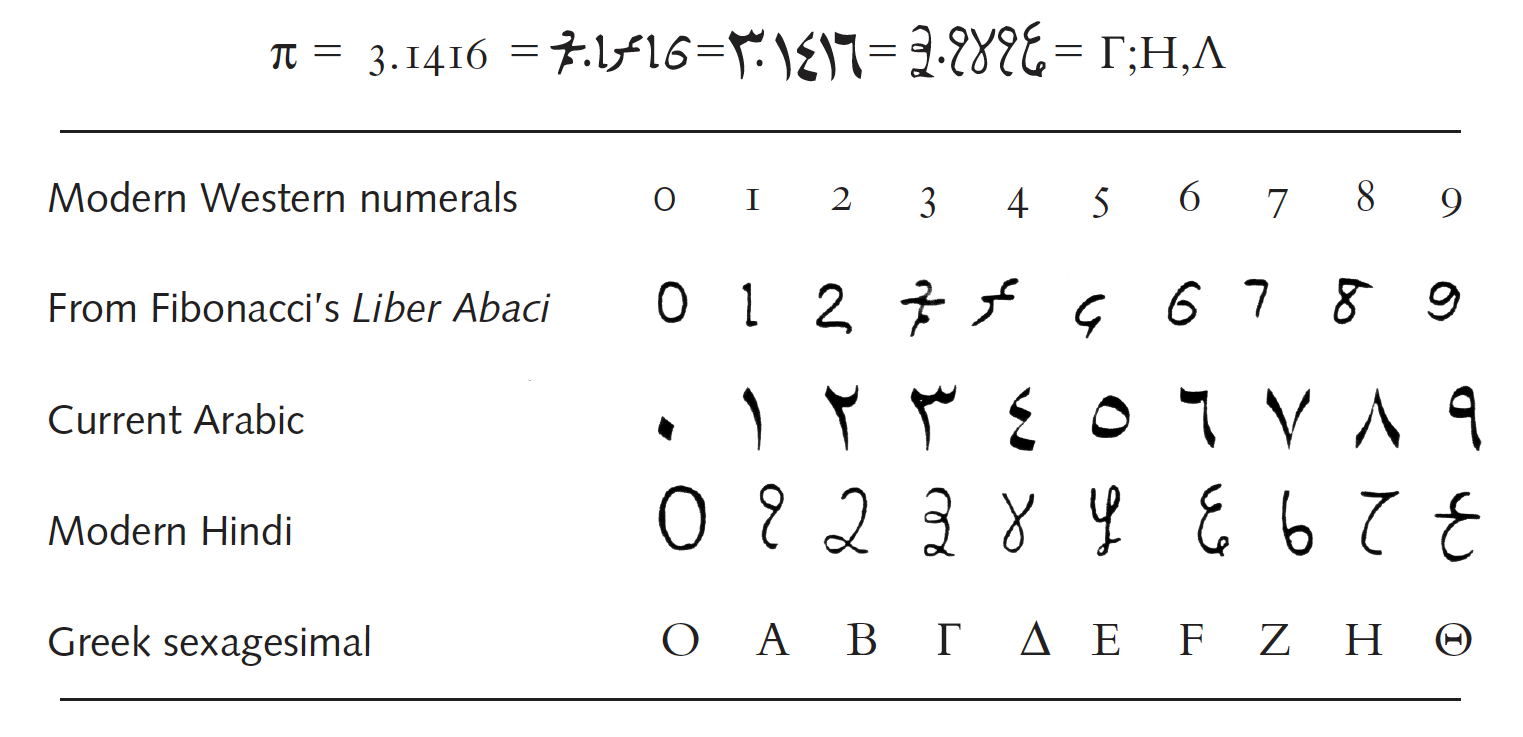Pinus (Pine) Notes

A simple guide to campus pines
| # needles per bundle | length of needles | more or less small cones | medium cones | large cones |
|---|---|---|---|---|
| 2 | short | contorta†, edulis, mugo, sylvestris | ||
| 2 | medium | densiflora, muricata†, nigra, thunbergii | brutia, halepensis*, pinea* | |
| 3 | medium | bungeana | ponderosa†, jeffreyi†, radiata* | |
| 3 | long | canariensis*, patula | coulteri+, sabiniana+ | |
| 5 | long | torreyana |
* = most commonly seen pines on campus
† = obvious prickles on cone scales
+ = substantial hooks on cone scales
Pine Cones and Fibonacci Numbers

Unlike the carved stone pineapples seen on some gateway pillars (see two examples on top of the prismatic pilasters at the east end of the Art Gallery), the diagonal lines sloping down to the left on a real pineapple do not have the same inclination as those sloping down to the right. The same effect is seen on a pine cone, on magnolia fruit, and in a sunflower. Mathematically inclined readers might like to speculate on how this widespread phenomenon arises. In the accompanying illustration of a general purpose cone (P. ponderosa) the columns of scales sloping down to the left are five in number, while there are eight columns sloping less steeply down to the right. Two columns have been emphasized to show what is meant by “column.” Of course to count the number of columns parallel to either of the ones emphasized you need to have a cone in your hand so that you can turn it round. Armchair sculptors do not know this; see 34 bad pine cones spanning the Art Gallery pilasters.
Leonardo da Pisa, more often known today as Fibonacci, is famous for having introduced the Arabic number system to Europe in 1202. Row (ii) in the accompanying diagram shows what Fibonacci brought back to Pisa from the commercial center in Algeria, while the modern Arabic numerals of row (iii) (known in the Arab world as Indian numbers) do not match the European numbers. Row (iv) shows modern Hindi numbers while row (v) shows the Greek sexagesimal numbers in use by astronomers and geographers for precision calculations under the Roman Empire, e.g., for preparing the table of sunrise and sunset in Britain that was available at the time of Hadrian (AD 76–138). As an example of these notations we can write pi to four decimals points as shown above.
The Fibonacci series 1 1 2 3 5 8 13 21 34 55 … (which was introduced to represent a population of rabbits in succeeding generations, starting from a single pair and breeding under certain conditions) exhibits the numbers 5 and 8 as consecutive elements; but not only that, columns numbering 3 and 5 are seen in some pine cones while 8 and 13 are seen on palm trunks; these pairs of numbers are also consecutive elements in the Fibonacci series. The artichoke, Monstera deliciosa, and other fruits, also mysteriously follow Fibonacci’s bidding. On sunflowers, higher pairs occur, in some cases up to 55 and 89. At the other extreme, the tiny incense cedar cones hardly have enough scales to exhibit spiral columns. One might not therefore expect lodgepole pine cones, which are only an inch or so in diameter, to show higher Fibonacci numbers, but in fact their scales correspond to 8 and 13 in the series. Obedience of the pines to Fibonacci is quite strict but, because of accidents in the early development of the primordia, occasional irregular cones can be found. Not everyone finds it easy to count the columns but it is good fun; as an exercise you might like to take a willow wand and note how the leaf stalks spiral eight times around the stem by the time you get to the 13th leaf.
Though not often mentioned by botanists, pine cones exhibit a property called chirality, or handedness. If you think of the columns as analogous to screw threads, the cone has two threads, one left-handed, the other right-handed, the right-handed one having a longer pitch. With patience you can collect cones of opposite chirality on campus.
Notes
In 2003 Magic, Inc., of Palo Alto planted on the stadium berm three seedling pines, two that are apparently new to campus: P. maximartinezii (big-cone piñon pine), P. roxburghii (chir pine), and a reintroduction of P. wallichiana (Himalayan white pine). Pines lost from campus or in danger are listed in Species Lost.
Barking up the right tree? Study to evaluate pine extracts. By Susan Ipaktchian. Stanford Report, November 15, 2006:
A new study at the School of Medicine will assess whether a supplement made from pine bark extract can help reduce the blood pressure of people who are at mild to moderate risk for heart disease. They will also assess whether the supplement has other positive effects on the cardiovascular system.
Name derivation: The modern English name pine derives from Latin Pinus by way of French pin. In the past (pre-19th century) they were often known as fir, from Old Norse fyrre, by way of Middle English firre. The Old Norse name is still used for pines in some modern north European languages: in Danish, fyr, in Nowegian, furu, and Föhre in parts of Germany, but in modern English, “fir” is now restricted to Abies and Pseudotsuga. Other unrelated European names include German Kiefer (the most widely used name in Germany), Swedish tall, Dutch den, Finnish mänty, Russian sosna, Bulgarian and Serbo-Croat bor, and Greek pitys. In Chinese it is song, in Japanese matsu, and in Korean it is Sonamu. In Hebrew it is oren. – from Answers.com
About this Entry: The main text of this entry is from the book Trees of Stanford and Environs, by Ronald Bracewell, published 2005. John Rawlings added the Notes section.




